Comparing Hot vs. Cold Asphalt Mix: Which Is Right for Your Project?
When it comes to paving or repairing asphalt surfaces, choosing the right type of asphalt mix is crucial for ensuring durability, cost-effectiveness, and timely project completion. The two primary types of asphalt mixes are hot mix asphalt (HMA) and cold mix asphalt (CMA). Each has its unique properties, advantages, and ideal applications.
In this post, we’ll delve into the differences between hot and cold asphalt mixes, helping you make an informed decision for your next project.
🔥 Hot Mix Asphalt (HMA)
What Is It?
Hot mix asphalt is produced by heating asphalt binder to a high temperature, typically between 300°F and 350°F (150°C to 175°C), and then mixing it with aggregates. This process results in a pliable material that can be laid and compacted for a seamless finish.
Advantages:
- Durability: HMA is known for its strength and long-lasting results. It’s ideal for high-traffic areas like highways, parking lots, and main roads.
- Quick Setting: Once applied, HMA sets quickly, allowing roads to be opened to traffic in a few hours.
- Weather Resistance: HMA can withstand various weather conditions, including heat and heavy rainfall.
Disadvantages:
- Higher Cost: Due to the heating process and specialized equipment required, HMA is more expensive than cold mix asphalt.
- Temperature Constraints: Installation requires ambient temperatures to be at least 40°F (4°C), limiting its use during colder months in certain regions.
❄️ Cold Mix Asphalt (CMA)
What Is It?
Cold mix asphalt is produced by emulsifying asphalt binder with water and surfactants, allowing it to remain workable at ambient temperatures. This mix doesn’t require heating, making it more convenient for certain applications.
Advantages:
- Cost-Effective: CMA is generally cheaper than HMA, making it suitable for budget-conscious projects.
- Ease of Application: It can be applied directly from the bag or container without the need for heating equipment.
- Cold Weather Use: CMA can be used in colder temperatures when HMA cannot be applied.
Disadvantages:
- Lower Durability: CMA is not as strong as HMA and is best suited for low-traffic areas or temporary repairs.
- Longer Setting Time: It takes longer to cure and may require several days to fully set.
🛠️ Choosing the Right Asphalt Mix for Your Project
| Project Type | Recommended Mix |
|---|---|
| High-traffic roads | Hot Mix Asphalt |
| Parking lots | Hot Mix Asphalt |
| Temporary repairs | Cold Mix Asphalt |
| Low-traffic areas | Cold Mix Asphalt |
| Cold weather applications | Cold Mix Asphalt |
🌍 Environmental Considerations
While both HMA and CMA have their environmental impacts, CMA is often considered more eco-friendly due to:
- Lower Energy Consumption: The production of CMA requires less energy compared to HMA.
- Recycled Materials: CMA can incorporate a higher percentage of recycled materials.
However, it’s essential to note that the durability of HMA can lead to a longer lifespan, potentially offsetting its higher initial environmental cost.
🧭 Conclusion
The choice between hot and cold asphalt mix depends on various factors, including the project’s scale, traffic expectations, budget, and environmental considerations. For high-traffic areas requiring long-term durability, hot mix asphalt is the preferred option. Conversely, for temporary repairs or projects in colder climates, cold mix asphalt offers a practical solution.
If you’re uncertain about which asphalt mix is best for your project, consider consulting with professionals who can assess your specific needs and provide expert recommendations.
For more information on our asphalt services and to request a quote, visit Total Surfacing.


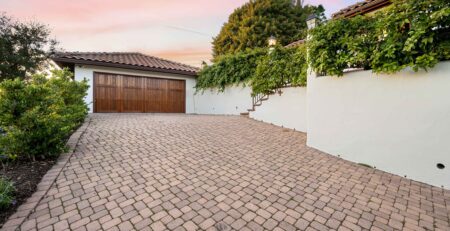

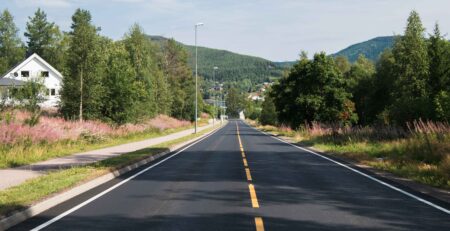


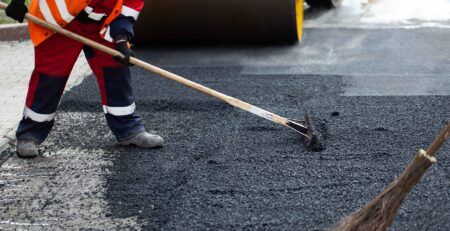
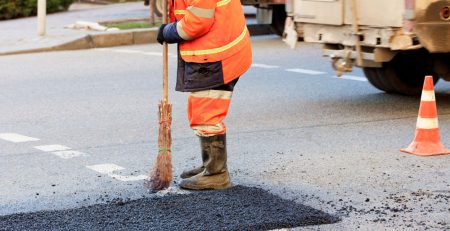
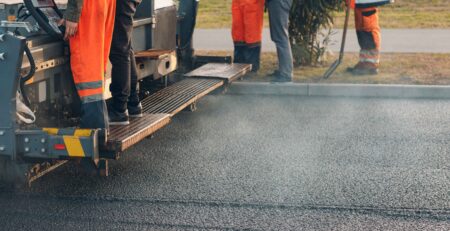

Leave a Reply